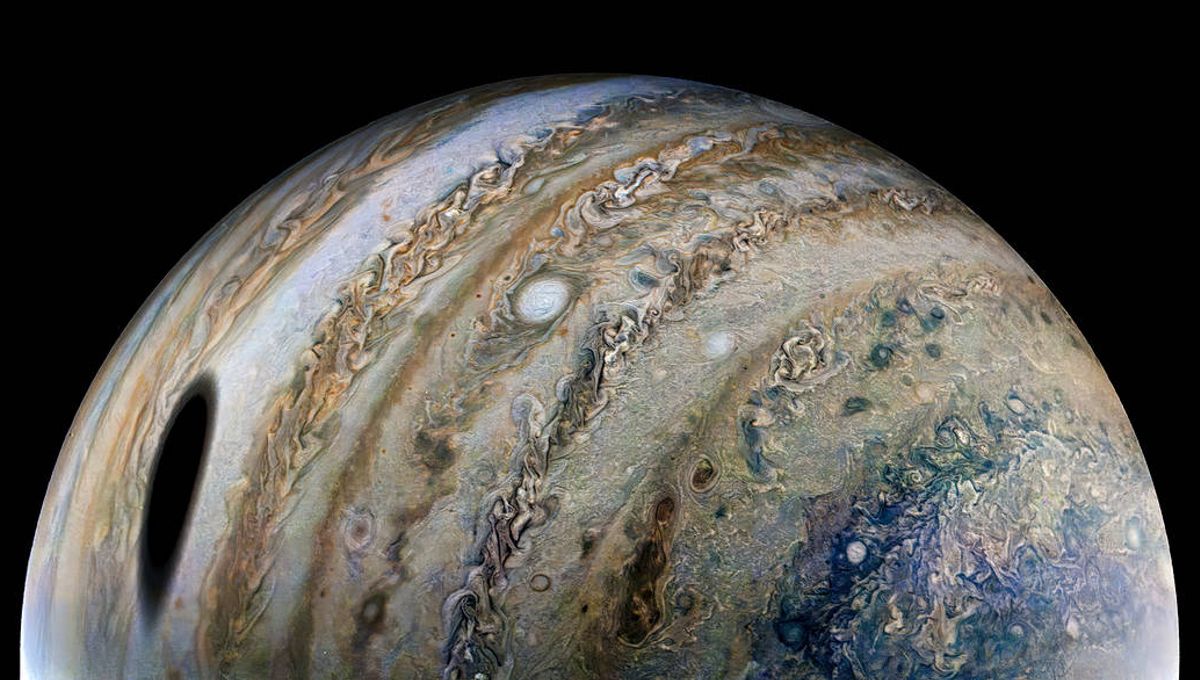The night sky was ablaze with excitement as amateur astronomers in Okinawa, Japan, witnessed a stunning collision on the surface of Jupiter. The Okinawa-based astronomical observation projects OASES and PONCOTS were the first to spot the impact at 1:45 am Japan Standard Time on August 29. They quickly took to social media, urging fellow stargazers to review their shooting data and report any flashes they may have captured. The news spread like wildfire.
Shortly after, the MASA Planetary Log shared captivating imagery of the dramatic collision. “When I woke up in the morning and opened Twitter, I saw information that a flash had been observed on the surface of Jupiter. That night, when I checked the video of the corresponding time, I saw a flash,” revealed the person behind the MASA Planetary Log account in an interview with Space.com.
“I was very lucky to be photographing this phenomenon when it happened,” they added.
The size of the object remains a mystery, but its impact was undeniably spectacular. Jupiter, with its proximity to the Solar System’s asteroid belt and its immense gravitational pull, often finds itself at the receiving end of celestial collisions. It’s like a magnet for passing objects, drawing them in like a marble down a sink.
A study conducted in 2013 estimated that Jupiter gets struck by objects ranging from 5 to 20 meters (16.5 to 65 feet) in diameter between 12 and 60 times each year. Occasionally, objects larger than 100 meters (328 feet) make an impact every few years, dwarfing the frequency of similar events on Earth.
However, Jupiter’s massive size and gravitational influence also serve as a shield for Earth and the other inner planets, deflecting many rogue objects away. But there’s a flip side to this protection. Jupiter’s gravitational pull might occasionally fling asteroids or comets towards us, posing a potential threat.
Over the years, astronomers have been fortunate enough to witness several impact events on Jupiter. The most notable occurred in 1994 when the comet Shoemaker-Levy 9 collided with the gas giant, marking the first-ever direct observation of a collision in the Solar System. Since then, at least eight more impact observations have been recorded, including a particularly spectacular collision in September 2021.








